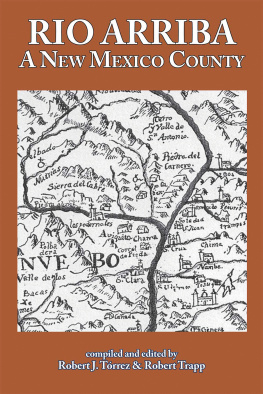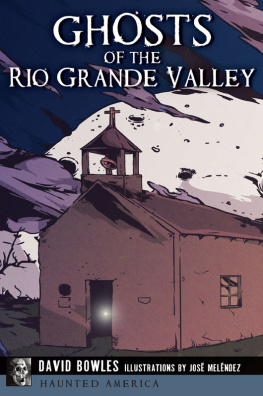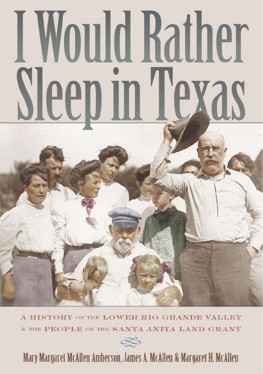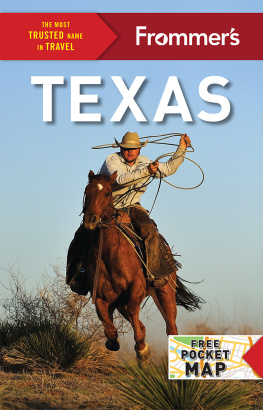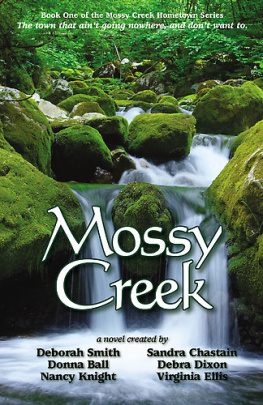

Published by The History Press
Charleston, SC
www.historypress.net
Copyright 2017 by Sandra Wagner and Carol Ann Wetherill
All rights reserved
Front cover: Zangs first hotel, established 1892. The Denver Public LibraryWestern History Collection, X-7473.
First published 2017
e-book edition 2017
ISBN 978.1.43966.030.0
Library of Congress Control Number: 2016961712
print edition ISBN 978.1.46713.717.1
Notice: The information in this book is true and complete to the best of our knowledge. It is offered without guarantee on the part of the authors or The History Press. The authors and
The History Press disclaim all liability in connection with the use of this book.
All rights reserved. No part of this book may be reproduced or transmitted in any form whatsoever without prior written permission from the publisher except in the case of brief quotations embodied in critical articles and reviews.
This book is lovingly dedicated to Marie Ruth Wagner Baldwin, who left us too soon. Her message was to live life as if there may not be a tomorrow, and for her, there was not. Let that be a lesson for us all.

Historic Upper Rio Grande settlements in 1877. Many More Mountains, Volume 2: Ruts into Silverton. Allen Nossaman.
CONTENTS
PREFACE
The genesis of this series of short stories were newspaper articles about Upper Rio Grande and western San Luis Valley history that we have been writing for the past several years. Many hours of sifting through historic newspapers, carefully searching county archives, talking to local residents and reading many a history book made the stories come to life. The intent is to appeal to a broad audience. This book of southwestern Colorado history aims to be something one can pick up and read on vacationsomething interesting and sometimes funnyand a treasure to take home to family and friends. Although painstakingly researched and documented, the stories are intended to be light enough for the nonhistory major, honoring those who came before and presenting them in a human light. The book was written with the intention of entertaining modern audiences and, maybe, challenging some local legends. The stories illustrate the travails of early settlers in the late nineteenth and early twentieth centuries. The works describe the battle with the high Colorado mountains, inclement weather and the daily struggle of life before modern conveniences for those hardy souls who took on these challenges to make a better life for themselves and their families. The area covered by the book is limited to the Upper Rio Grande and western San Luis Valley in southwestern Colorado, including old mining towns, fisheries and forgotten cabins in the woods.
ACKNOWLEDGEMENTS
We want to acknowledge the help and support of so many friends and family who encouraged us to write this book.
Special thanks to Grant Houston, editor of the Lake City newspaper the SilverWorld, who always printed anything we wrote and provided some lastminute information we desperately needed.
More special thanks to Jan Jacobs, Johanna Grey and Bob Seago with the Creede Historical Society, who helped us with articles, books and pictures and showed us how to preserve and scan historic photographs. You rock!
Thanks to all the great folks with the Creede Historical Society, who were always encouraging and supportive, allowing us to present our stories at their summer meetings. Also thanks to the Hinsdale County Historical Society and the San Juan County Historical Society.
Thanks to the Hosselkus family of Creede. They provided stories and family pictures for this book.
Thanks to the ladies in the clerk/recorder offices of the following counties: Hinsdale (Linda Pavich and Joan Roberts), Mineral (Eryn Wintz) and Rio Grande (Cindy Hill).
Thanks to Jim Shaffner, Richard Lilley and other Wetherill family members, who provided valuable information.
Thanks to Steve Baer, who did some final editing.
Also thanks to the Denver Public Library digital photos librarian, History Colorado digital photos librarian, Colorado Archives staff, the San Luis Valley Irrigation District staff and the Adams State University reference librarians.
And, of course, to our husband and son, Billthanks for your patience.
IT TAKES A WORLD
The Human Side of the Rio Grande Reservoir Dam
During the construction of the Farmers Union Dam (now called the Rio Grande Reservoir Dam) on the Rio Grande River, laborers from other parts of the country were contracted to come and work. As numerous dams were being constructed throughout the western United States, contractors brought in their established crewslocal labor was difficult to obtain and not experienced with dam construction. Work on these dam contracts was an opportunity for men, especially recent immigrants, to make a new start for themselves and their families.
Articles taken from historical area newspapers, especially the Creede Candle, relate that a variety of immigrant ethnic groups arrived in that little mountain town to work on the dam. Eastern Europeans, Italians, Greeks, Swedes and African Americans, along with construction materials, came to Creede on the train and were taken up to the dam construction site by team and wagon.
The material for these gates consists of six car loads of steel and four cars of cement, all of which will have to be freighted by wagons from Creede to the reservoir site, about 25 miles.
An extra car was attached to the inbound train, Wednesday, which contained about forty laborers for the Farmers Union.Tex Nanse was down to Creede this week, on his usual mission it was supposed, of personally conducting a bunch of Bohunks [sic] to the reservoir. On Wednesday, he drove up the river with about forty of them, bound for the Farmers Union.

Creede Transportation Company, circa 1893. Author collection.
The first task in the dam construction was to build a diversion tunnel to reroute the river water away from the dam site. The manager of this contract was a Mr. Oleson, who brought in a complement of Swedes, as documented in the local newspapers:
Farmers Union peoplehave just let a contract for the construction of a tunnel to Lumsden and Gordon of Pueblo. The tunnel is 650 feet long, eleven feet high by fifteen feet wide, and will cost $29,000.
Fourteen more Swedes came Thursday to work on the tunnel up the river. Four of the first bunch went back to Denver the same day. Too much cold, too much snow, they said.
A bunch of Swedes came in last Saturday to work on the Farmers Union Project on the Rio Grande. They all got gloriously full, but managed to reach their destination safely.
A fine bunch of husky Swedes came in on Wednesday to work on the San Luis irrigation tunnel.

Rio Grande Reservoir Dam workers, circa 1908. Courtesy of the San Luis Valley Irrigation District.
Next page

